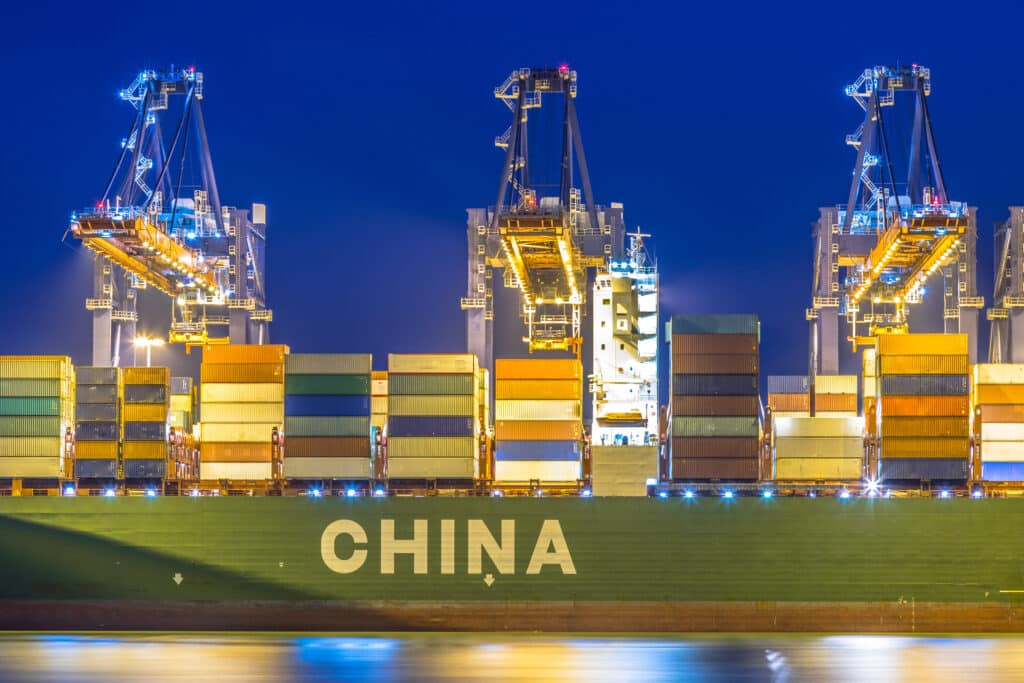Buckle Up, Shippers: U.S. Eyes Up to $1.5M Fees on Chinese-Built Vessels

Importers and consumers of products containing imported components should stay alert regarding the latest logistics news, as the United States Trade Representative (USTR) plans to hold a public hearing on March 24, 2025, regarding proposed Section 301 port call fees.
If implemented, this measure could reshape global shipping dynamics and have far-reaching consequences for international trade with the United States. While the maritime industry and logistics news sources are paying close attention to this issue, metal buyers are understandably focused on tariffs. As such, the upcoming fees aren’t getting the attention they deserve in the media. If you’re worried about how the latest logistics news might affect your bottom line? Subscribe to MetalMiner’s weekly newsletter and conquer shifting logistics and metal tariff costs with valuable weekly market insights.
Major Logistics News Going Underreported
The proposed new fees would require significant operational changes for shipping companies, who would likely avoid smaller ports where they would need to spread proposed fees across fewer containers. Instead, they would favor high-volume ports like Los Angeles, Long Beach, New York and Savannah.

Meanwhile, lower-volume ports like Oakland, Tacoma and Seattle could suffer sharp declines in traffic. For consumers, the impact wouldn’t just come from the 301 fees, either. Longer inland transportation routes could drive up costs by more than $1,000 per 20-foot container.
The proposed fees range from $500,000 to $1.5 million per port call for vessels with Chinese-built connections. Most analysts expect the new fees to significantly increase shipping costs and reduce services for fleets that include Chinese-built ships.
Maximize your metals hedging and savings by only pay for the price points you need, not the ones you don’t. Learn about our unbundled price point solution, MetalMiner Select.
Benefits of the Policy Could Be Years Away
Another major concern involves traffic diversion. For instance, shipping companies may choose to reroute cargo through non-U.S. ports, such as those in Mexico or Canada, to avoid the fees.
Although this strategy would sidestep the 301 charges, it could lead to delays, higher domestic delivery costs and potential product shortages. Even when vessels continue to use major U.S. ports, the added costs will likely pass on to consumers, just as tariff costs have in the past.

One of the primary goals behind the proposal is to strengthen the U.S. maritime sector by encouraging the use of U.S.-flagged and U.S.-built vessels. While this could eventually serve to revitalize the domestic shipbuilding industry and reduce reliance on foreign-built ships, any significant investment in U.S. shipyards will take years to materialize. In the short term, South Korean and Japanese shipyards will likely see the biggest benefits.
Although the USTR will make its determination on Monday, the final decision rests with the U.S. President. Moreover, there is no set timeline for the decision, thus leaving the industry in a state of uncertainty.
Don’t panic about tariffs. Learn how to manage tariff threats with MetalMiner’s free comprehensive steel & aluminum tariff guide.
